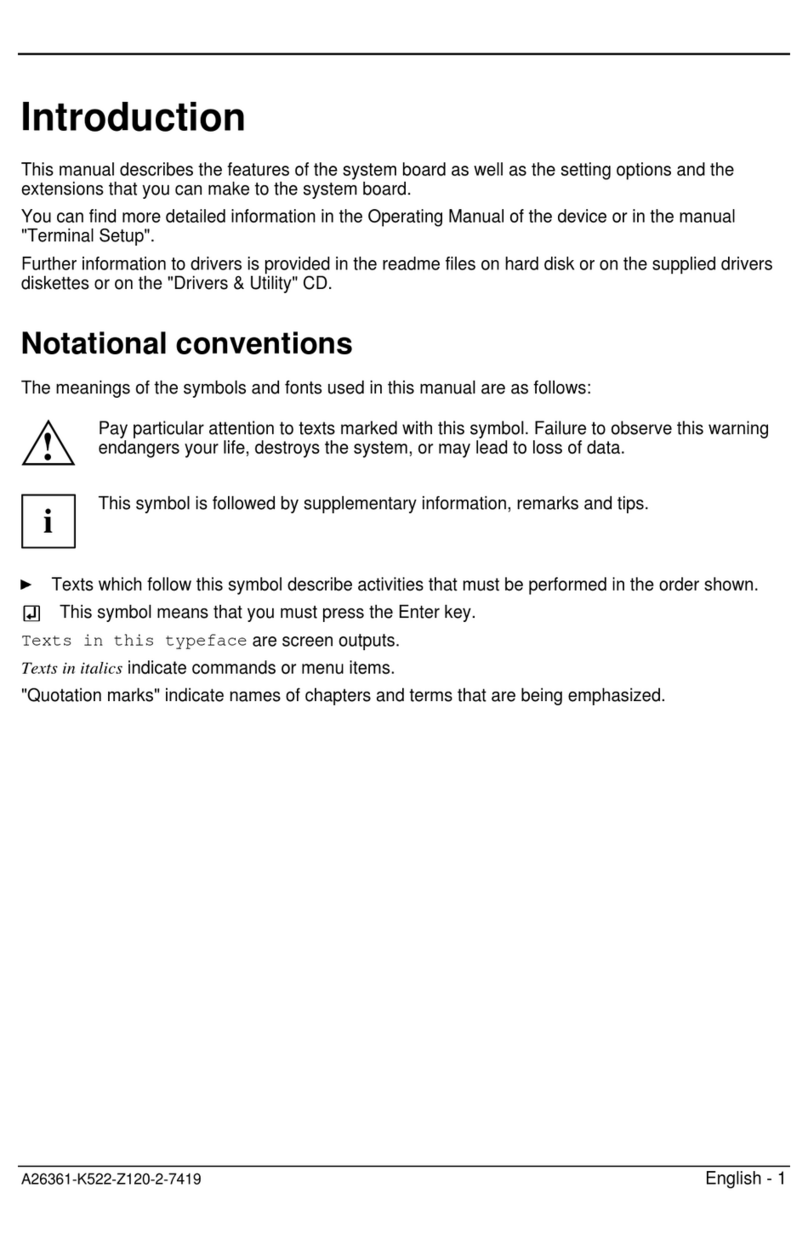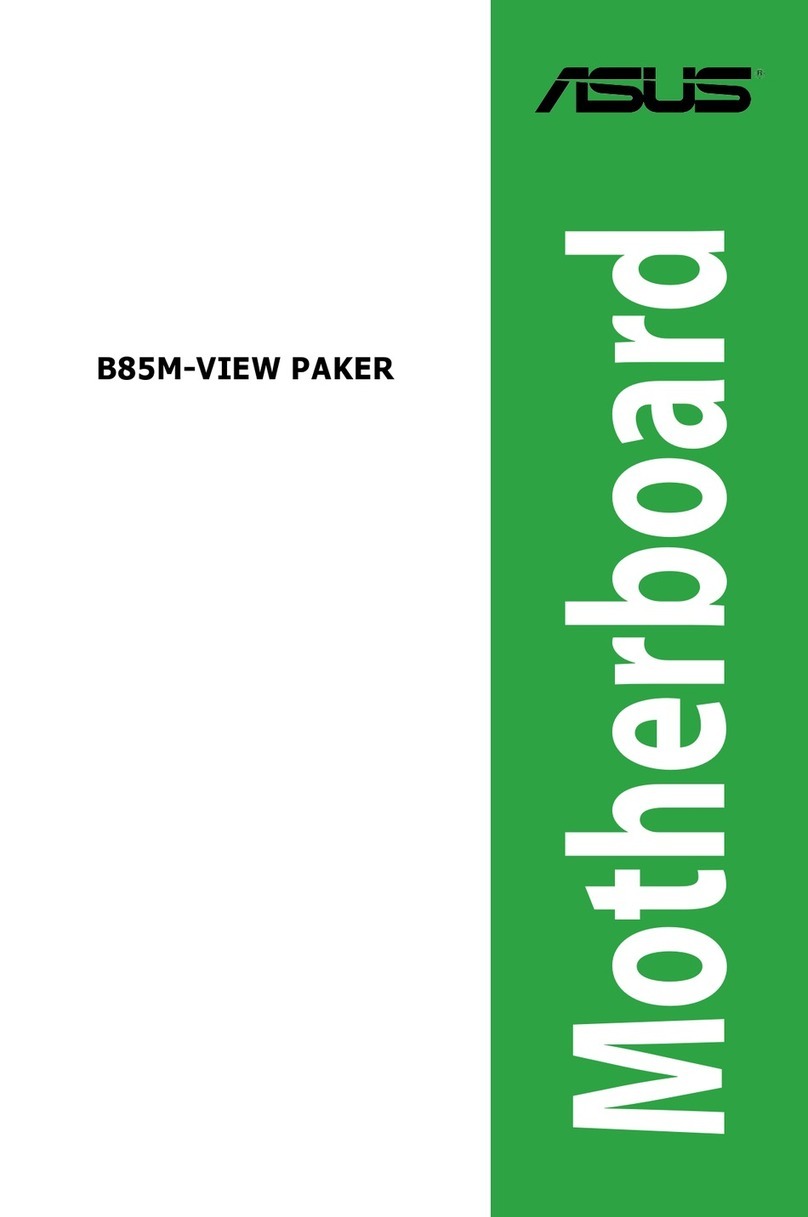Acer M9D User manual
Other Acer Motherboard manuals

Acer
Acer V65XA Installation instructions
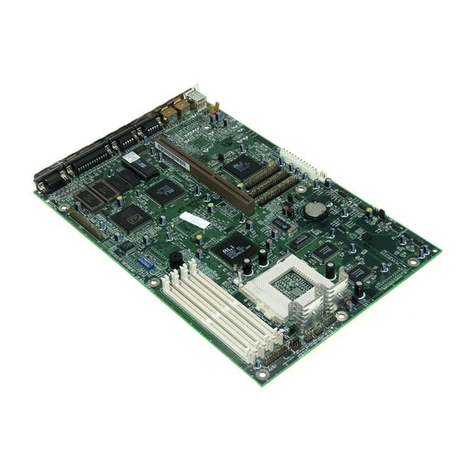
Acer
Acer V55LA-2 Installation instructions

Acer
Acer M9D User manual

Acer
Acer V12LC User manual

Acer
Acer Power SE User manual
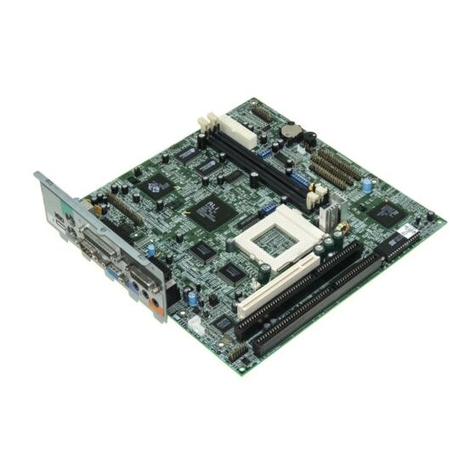
Acer
Acer V70MA Installation instructions
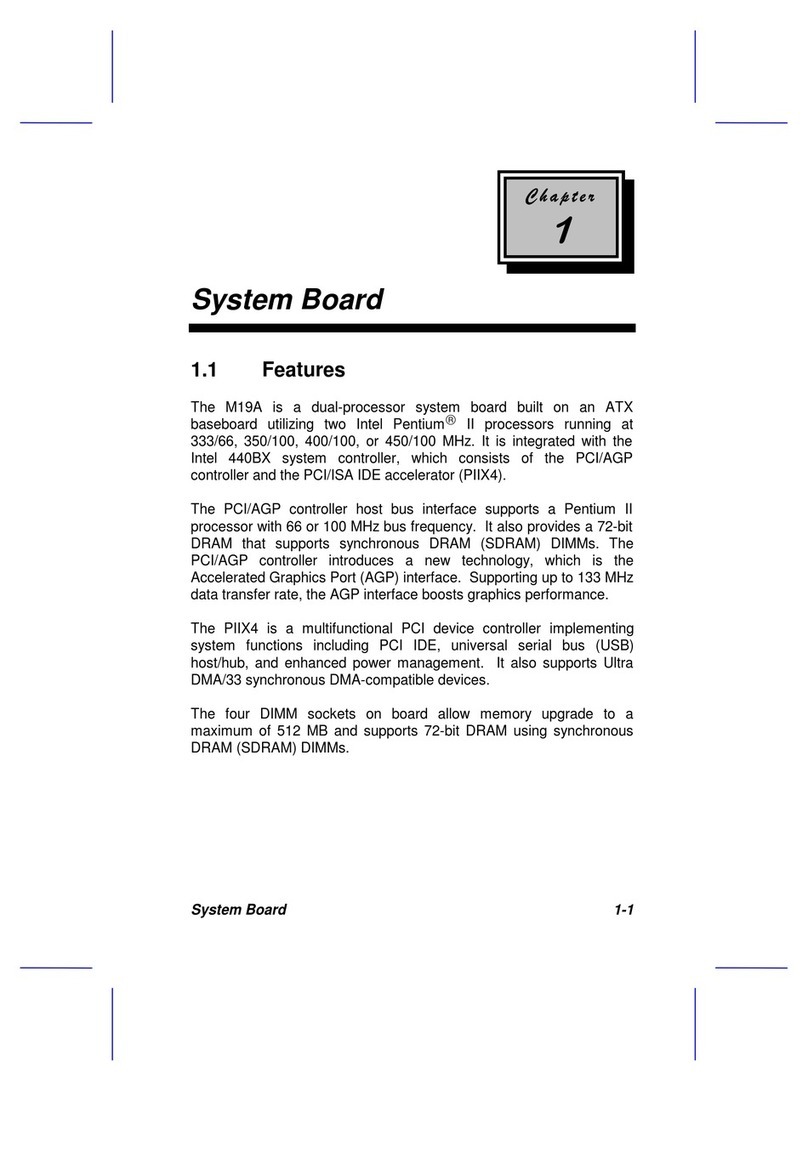
Acer
Acer Ferrari 1100 Series User manual

Acer
Acer Veriton 9100 User manual
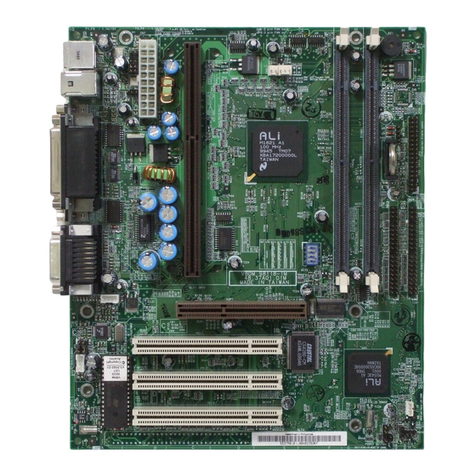
Acer
Acer V80M User manual
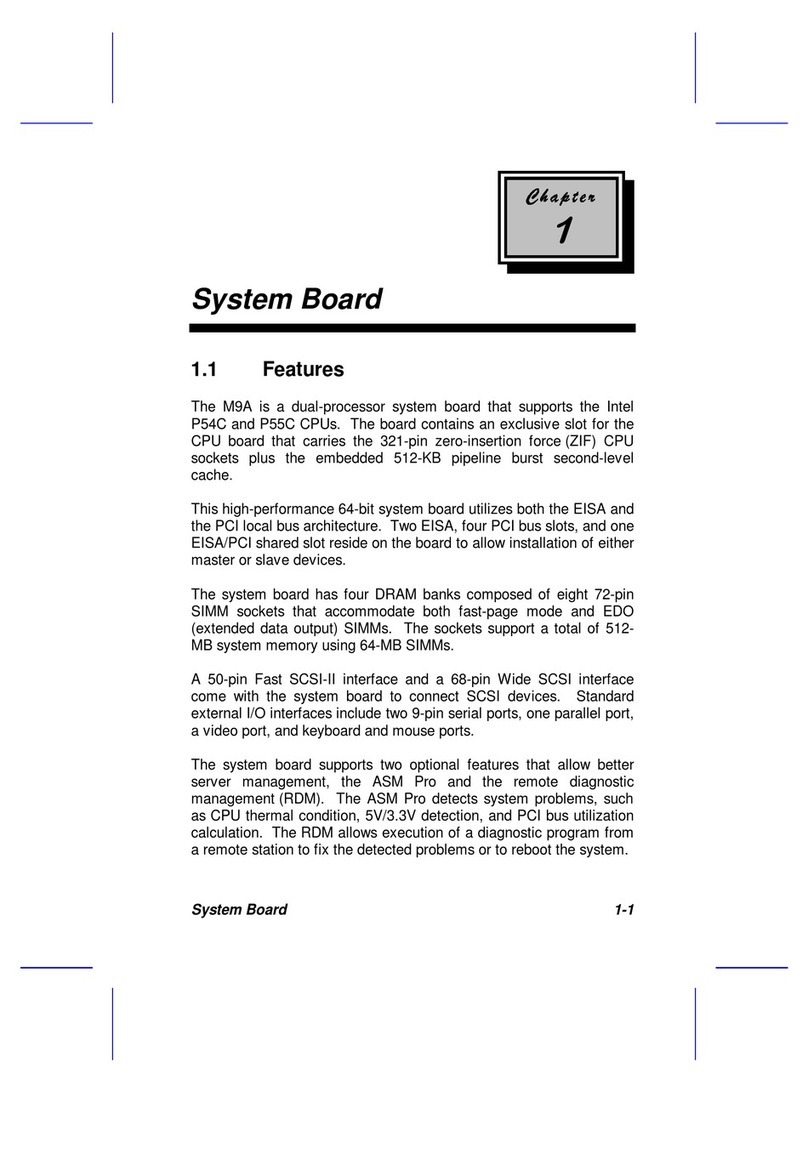
Acer
Acer 9000V User manual

Acer
Acer V70MA User manual

Acer
Acer V38X User manual

Acer
Acer 370LXB User manual
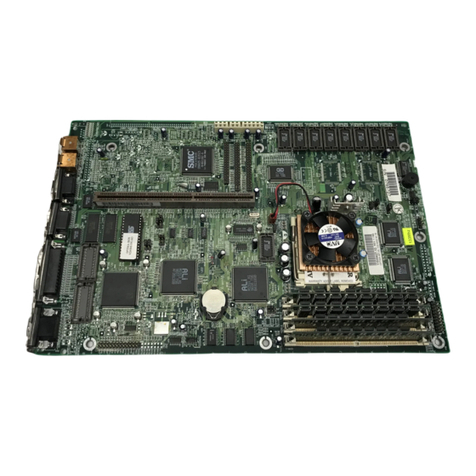
Acer
Acer V50LA User manual
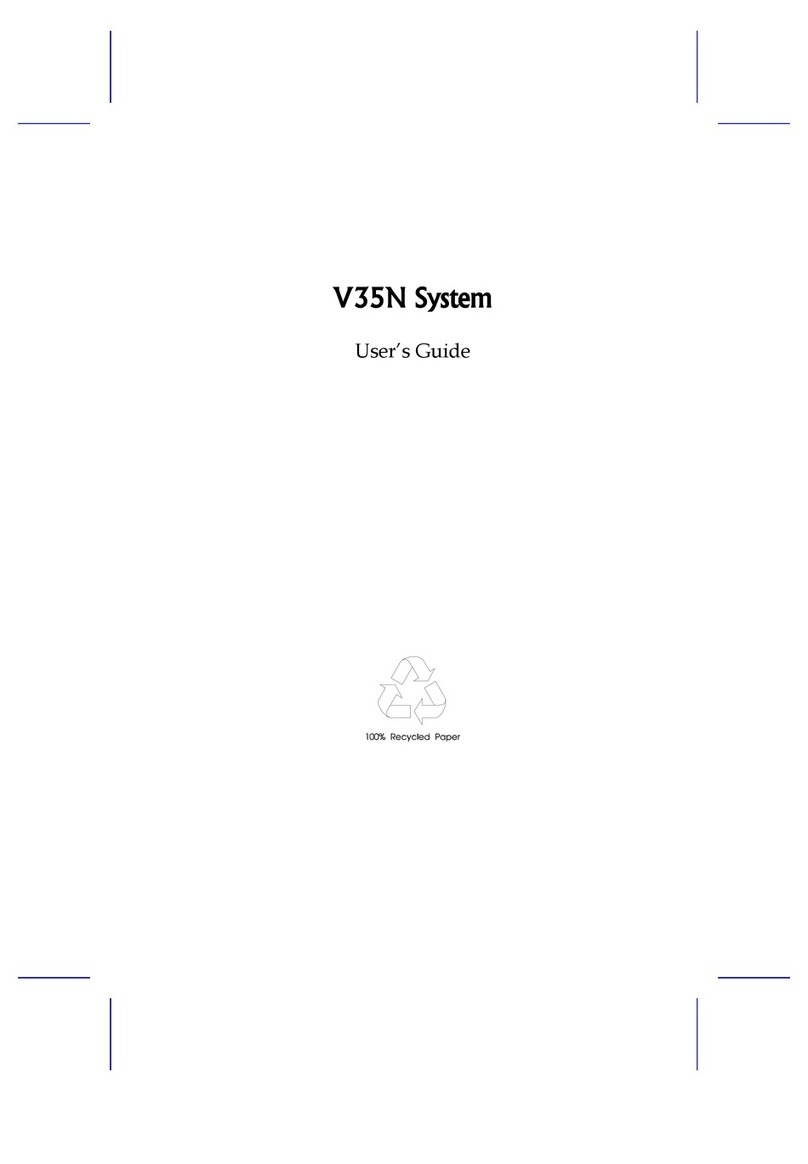
Acer
Acer V35N User manual

Acer
Acer Altos 9100 Series User manual

Acer
Acer V55LA User manual
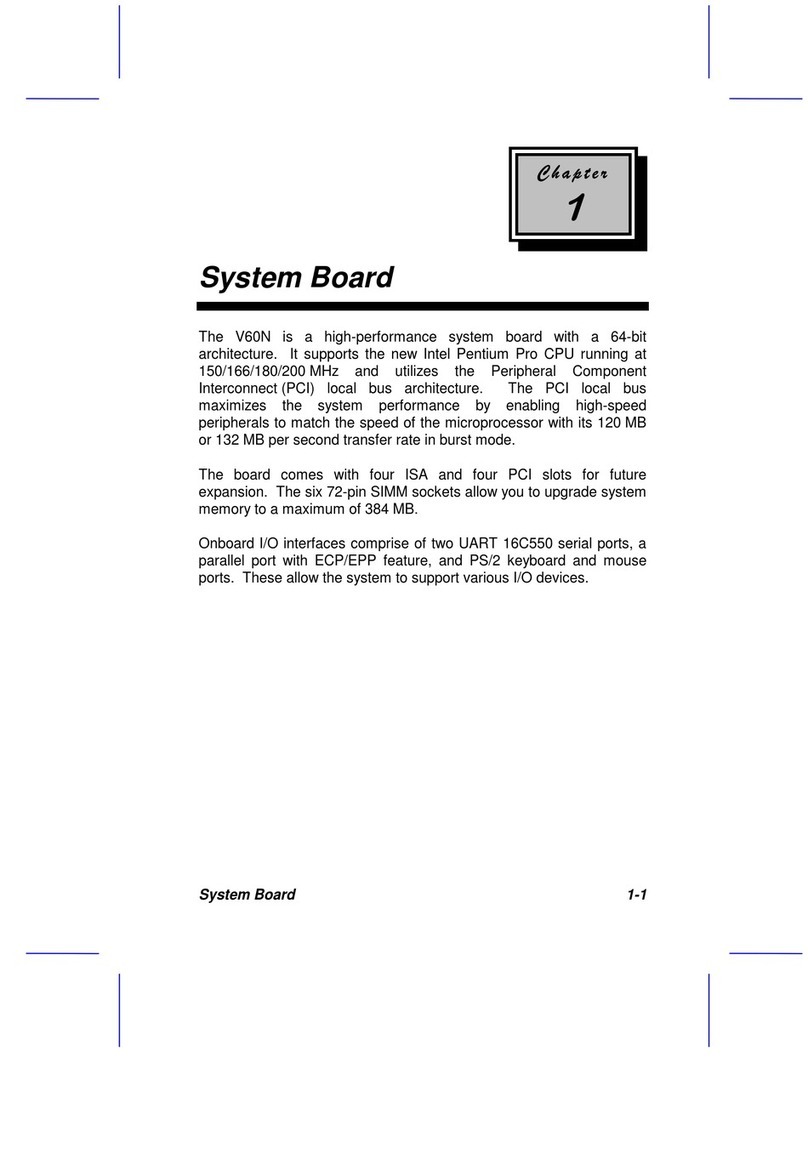
Acer
Acer V60N User manual
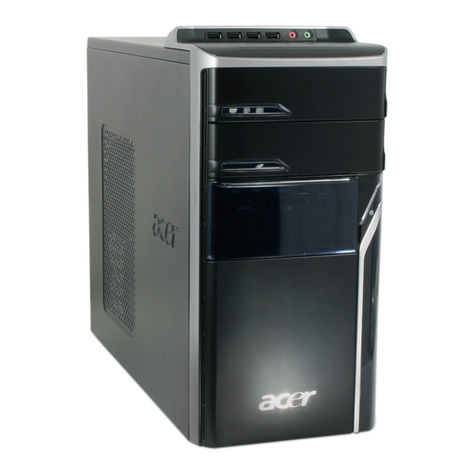
Acer
Acer Aspire M5640 Manual
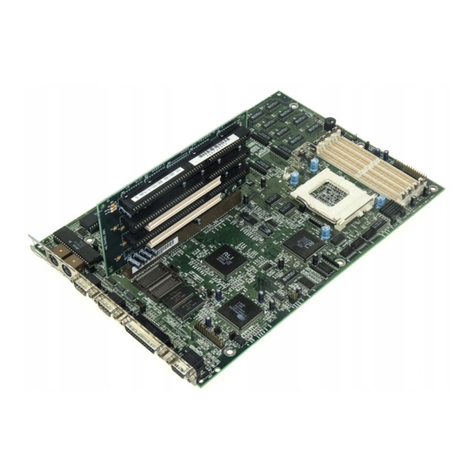
Acer
Acer V12LC Installation and operating instructions

